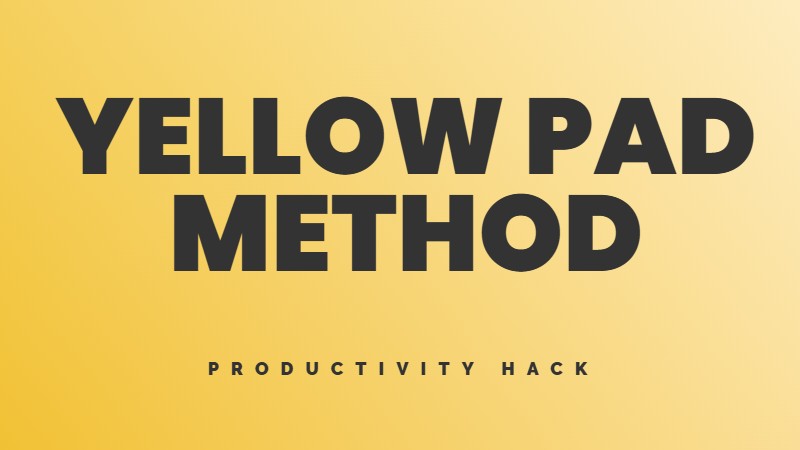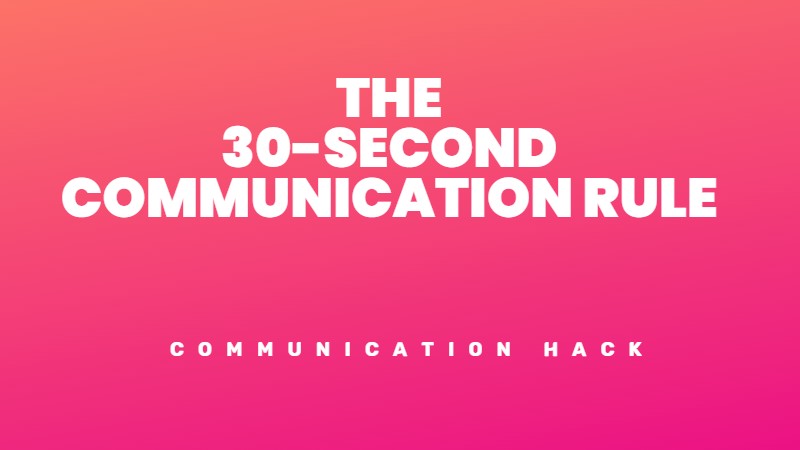You have a big test tomorrow, haven’t studied, and decide to pull an all-nighter and cram everything you can. You flip through your notes, highlight your textbook, and watch some online videos. You feel confident that you have covered everything. You walk into the exam hall the next day and get your paper. You look at the first question and… you draw a blank. You can’t remember anything you studied last night. You panic and start guessing. You finish the test and hope for the best. A week later, you get your results and… you failed. You wonder what went wrong. You studied so hard, but you didn’t learn anything. What a waste of time and energy. If only you knew the best study methods backed by research, you could have avoided this nightmare.
Effective study methods are essential for achieving your academic goals, developing your personal skills, and becoming a lifelong learner.
In this article, you will learn about the best study methods backed by research. You will also discover why these methods work based on the cognitive science of learning and memory. And you will get practical tips and examples on applying these methods to your study routine. By using these methods, you can improve your learning outcomes, save time, and enjoy the process of studying.
What are the best study methods?
A study method is a systematic and deliberate way of studying that is based on research and theory. It differs from a study technique, a specific action or procedure that helps you study, such as highlighting, summarizing, or mnemonics. It is also different from a study habit, which is a regular and consistent pattern of behaviour that supports your study, such as setting goals, managing time, or avoiding distractions.
The criteria for selecting the best study methods are:
Why do these study methods work?
The best study methods work because they are based on the cognitive science of how the human mind processes, stores, and retrieves information. They enhance memory, comprehension, and transfer of knowledge by engaging different cognitive mechanisms and overcoming some of the limitations and biases of the human memory system. They have been proven to improve learning outcomes in various domains and contexts by empirical studies and meta-analyses. Here is a brief overview of how each of the four study methods works:
1. Retrieval practice: The power of testing yourself
Retrieval practice is a study method that involves testing yourself on what you have learned rather than just reading or reviewing the material. It differs from recognition, which is the ability to identify previously learned information, such as in a multiple-choice test. It also differs from restudying, which is the act of reviewing the material without actively recalling it.
Why does retrieval practice work?
Retrieval practice works by activating the memory traces of the learned material and strengthening the associations between them. It also helps identify and correct gaps or errors in one’s knowledge. Retrieval practice enhances memory by making it more durable and resistant to interference and forgetting. It enhances comprehension by improving metacognition and self-monitoring of one’s learning. It enhances the transfer of knowledge by facilitating the application of the learned material to new situations and problems. Retrieval practice has been shown to improve learning outcomes in various domains, such as history, biology, mathematics, and foreign languages.
The benefits of retrieval practice
Some examples of retrieval practice activities are:
2. Spaced repetition: The secret of spacing out your study sessions
Spaced repetition is a study method that involves spacing out your study sessions over time rather than cramming them all at once. It differs from massed practice, which is studying the same material for a long time in one session. It also differs from cramming, which is studying a large amount of material in a short time before a test.
Why does spaced repetition work?
Spaced repetition works by taking advantage of the spacing effect, which is the phenomenon that spaced or distributed practice leads to better long-term retention than massed or crammed practice. Spaced repetition enhances memory by allowing time to consolidate and reactivate the learned material. It also reduces the effects of proactive and retroactive interference, which are the tendencies of old and new information to impair the recall of each other. Spaced repetition enhances comprehension by allowing deeper and more elaborative processing of the learned material. It enhances the transfer of knowledge by increasing the variety and diversity of the retrieval cues and contexts. Spaced repetition has been shown to improve learning outcomes in various contexts, such as classroom instruction, online learning, and self-directed learning.
The benefits of spaced repetition
Some examples of spaced repetition strategies are:
3. Interleaving: The magic of mixing up your study topics
Interleaving is a study method that involves mixing up different topics or types of problems rather than studying them in blocks or in order. It differs from blocking, which is the act of studying the same topic or type of problem for a long period of time in one session. It also differs from focusing, which is the act of concentrating on a single topic or type of problem until mastery is achieved.
Why does interleaving work?
Interleaving works by mixing up different topics or types of problems rather than studying them in blocks or in order. Interleaving enhances memory by creating desirable difficulties and enhancing discrimination learning. Desirable difficulties are challenges that make learning harder but more effective. Discrimination learning is the ability to distinguish between similar but different concepts or problems. Interleaving enhances comprehension by promoting a deeper and more flexible understanding of the learned material. It enhances the transfer of knowledge by improving the ability to select and apply the appropriate strategies or solutions to novel problems. Interleaving has been shown to improve learning outcomes in various domains, such as mathematics, physics, music, and sports.
The benefits of interleaving
Some examples of interleaving techniques are:
4. Elaboration: The art of making connections and asking questions
Elaboration is a study method that involves making connections and asking questions about the learned material rather than memorizing or repeating it. It differs from memorization, which is the act of storing information in the memory without understanding or relating it to anything else. It also differs from repetition, which is the act of reviewing the material without adding or generating any new information.
Why does elaboration work?
Elaboration works by making connections and asking questions about the learned material rather than memorizing or repeating it. Elaboration enhances memory by creating more and richer associations between the learned material and one’s prior knowledge. It also helps to organize and structure the learned material in a meaningful way. Elaboration enhances comprehension by clarifying and refining one’s understanding of the learned material. It also helps to generate and test hypotheses and predictions about the learned material. Elaboration enhances the transfer of knowledge by facilitating the integration and application of the learned material to different domains and contexts. Elaboration has been shown to improve learning outcomes in various domains, such as science, history, and literature.
The benefits of elaboration
Some examples of elaboration methods are:
By using these methods, you can improve your learning outcomes, save time, and enjoy the process of studying. You can also boost your confidence, motivation, and self-esteem. You can develop your skills and abilities, such as critical thinking, problem-solving, and communication. And you can become a lifelong learner who can adapt to changing situations and seize opportunities in a fast-paced and dynamic world.
We encourage you to try these methods and see for yourself how they can transform your learning experience. You can also share your feedback and experiences with us and other learners. We would love to hear from you and learn from you.




Lämna feedback om detta